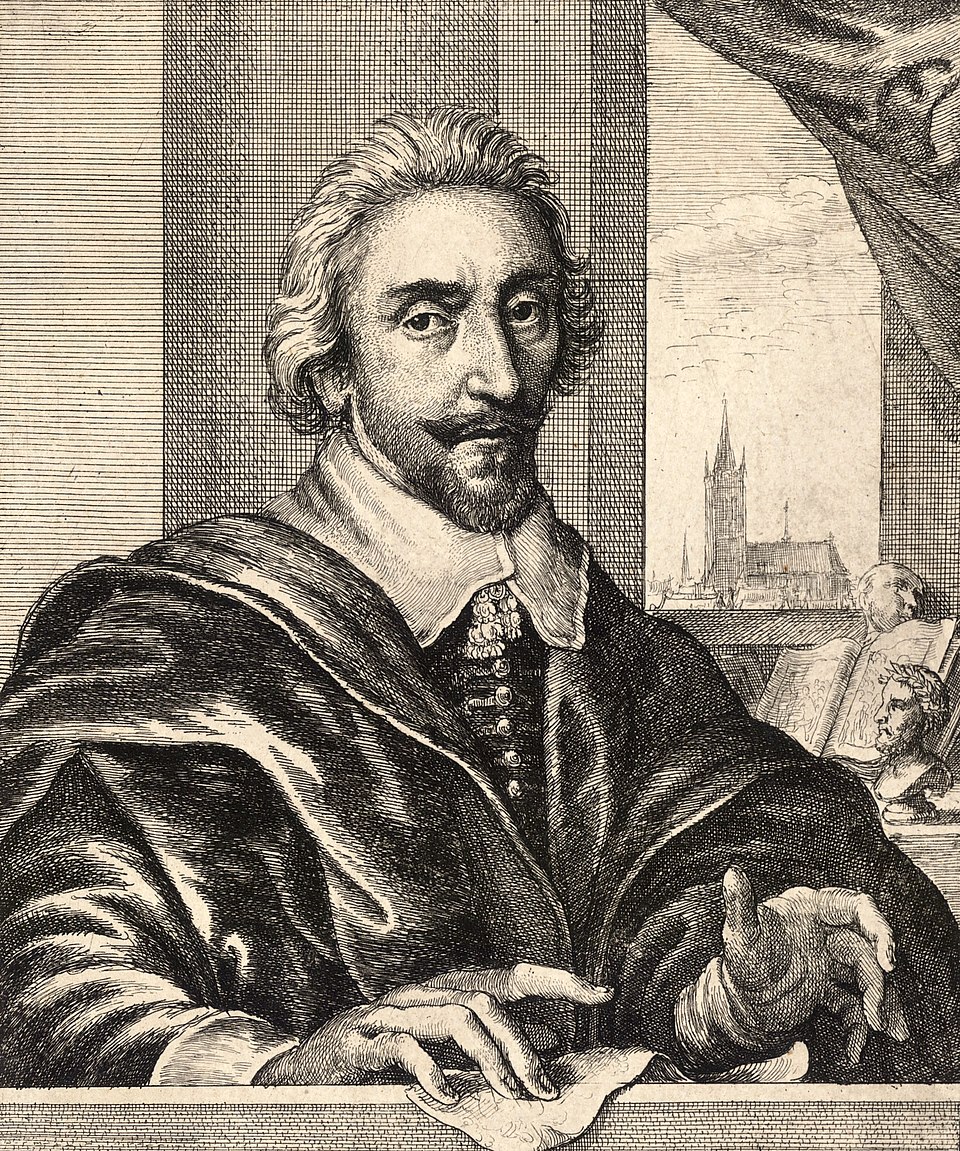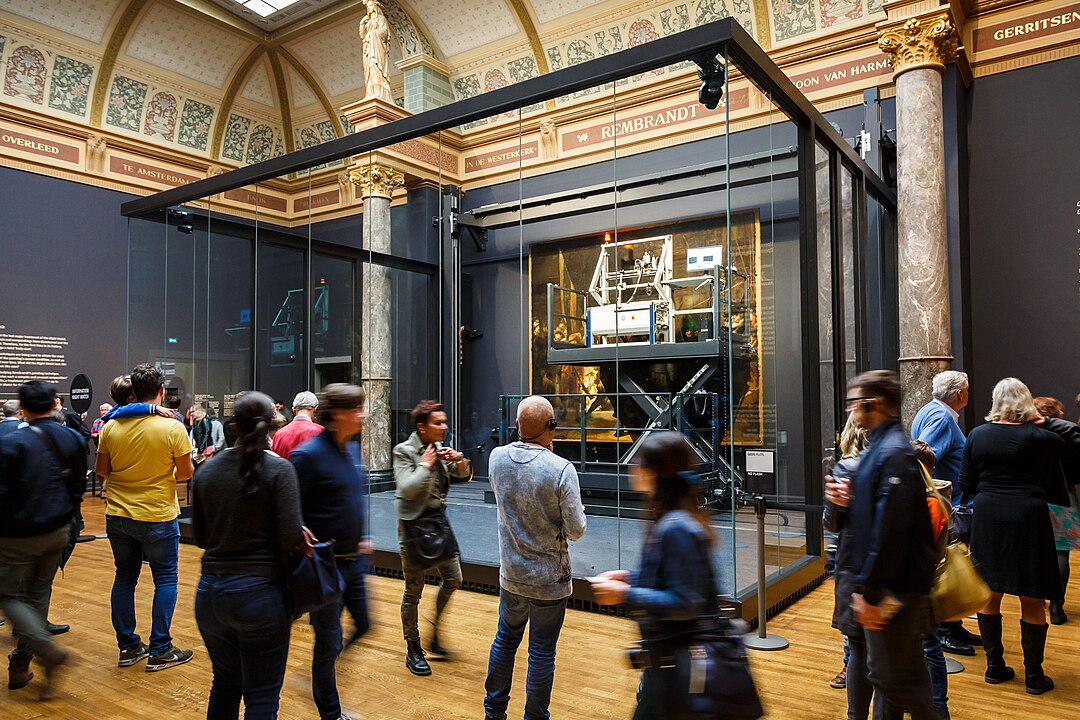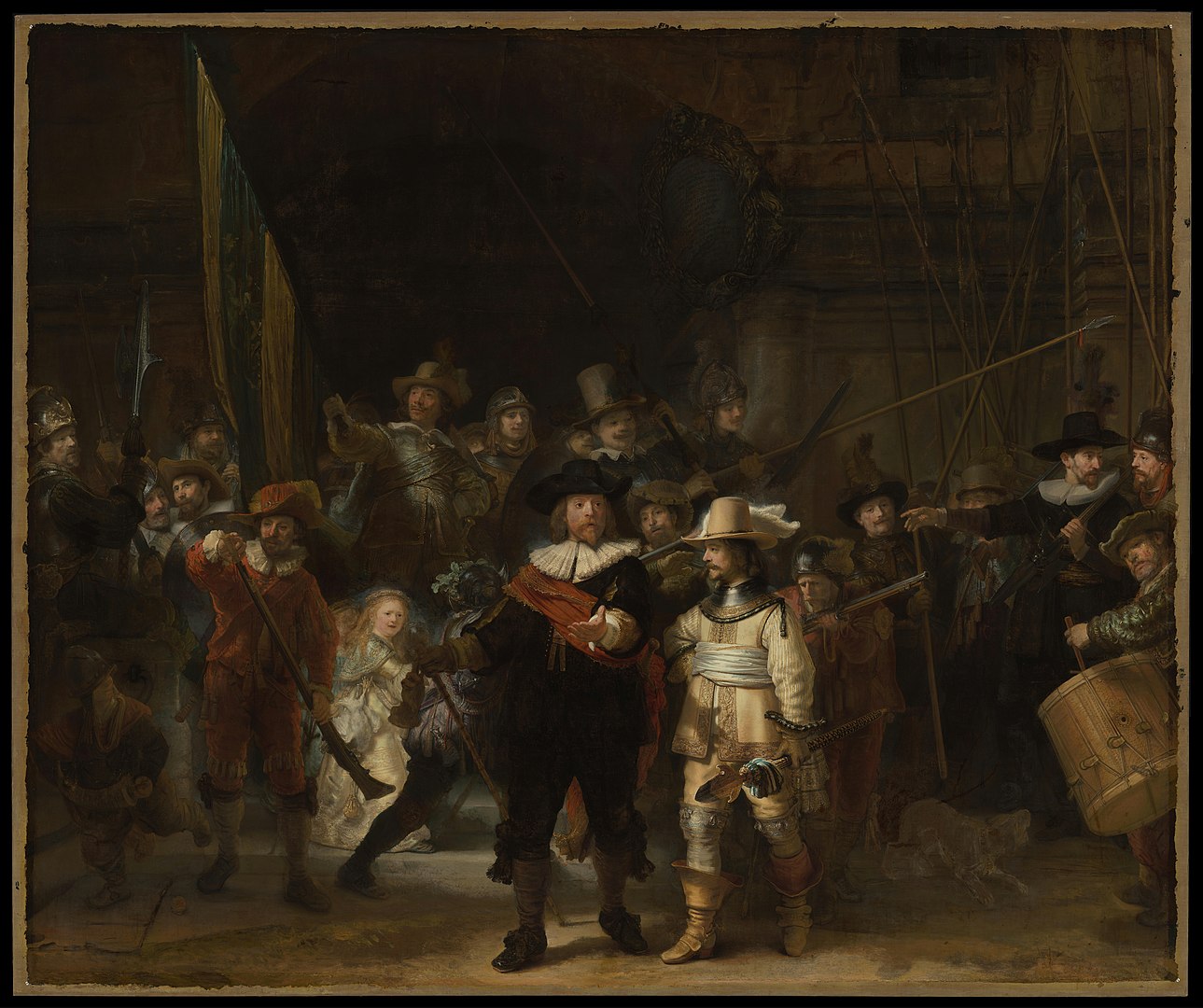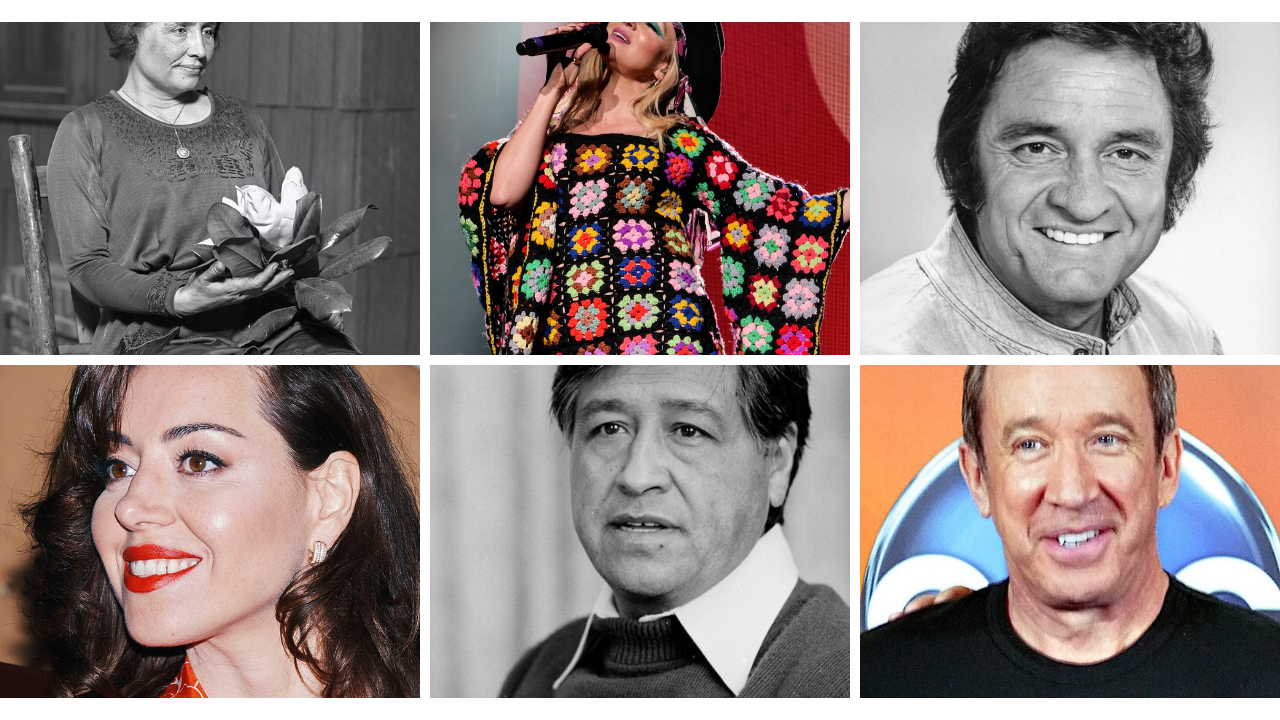A tiny figure in a huge painting just solved a decades-long puzzle. In Rembrandt’s 1642 masterpiece The Night Watch, a small barking dog lurks near the action. Curators long wondered why it felt so specific. This year, a Rijksmuseum researcher spotted the answer, and it leads straight to another Dutch artist.
The new clue does not shrink Rembrandt’s genius. It shows how artists borrowed, tested ideas, and turned references into something alive. For teens who love art and mysteries, this is the ultimate detective story hiding in plain sight.
The clue almost everyone missed
In early autumn, Rijksmuseum curator Anne Lenders visited an exhibition and noticed a drawing she recognized. The dog looked exactly like the one in The Night Watch. The drawing was by Adriaen van de Venne, a seventeenth-century illustrator and painter. It appeared on a 1619 book title page by the poet Jacob Cats.
Back in Amsterdam, side-by-side comparisons showed striking matches. The head tilt, the open mouth, the long coat, even the vertical ears aligned. The museum had already been studying The Night Watch for years through Operation Night Watch, the large public research and conservation project. The team could now place the famous dog inside a real chain of images.
Here is the key takeaway. Rembrandt did not randomly invent that canine. He likely referenced van de Venne’s design, then adapted it for his own dramatic scene. Borrowing like this was normal in his time, and the practice had a respected name: emulation.
Meet the fellow artist: Adriaen van de Venne

Adriaen van de Venne worked a generation before Rembrandt’s late career. He designed book illustrations that circulated widely. Printed images traveled faster than paintings in the seventeenth century. Artists studied them, copied parts, and used them as starting points.
Van de Venne’s 1619 image shows a hound with a sharp expression. It was printed with a moralizing text by Jacob Cats. Rembrandt’s version stands alert in the militia crowd, not lounging on its forelegs like the print. He placed the dog near a drummer, where noise and motion would naturally set a hound barking. The borrowed form turned into a moving part of the story.
This is how influence often works. You spot a pose, or a gesture, then shift it to fit your scene. The transfer can be faithful or loose. The Night Watch dog sits right between the two, recognizable yet reimagined.
How researchers connected the dots
The discovery began with a trained eye. Lenders saw the dog in van de Venne’s drawing, then remembered the canine in Rembrandt’s painting. From there, researchers used careful comparison, high-resolution photography, and technical scans gathered since 2019.
Operation Night Watch has mapped the painting with macro X-ray fluorescence. Those scans reveal materials and underlayers. A “calcium map” even outlines parts of Rembrandt’s chalky underdrawing. In places, the dog’s earliest lines appear closer to van de Venne’s pose, which supports the link. Over time, Rembrandt adjusted posture and position to fit his unfolding composition.
Experts also tested a popular question. What breed is it? The answer stays uncertain. The dog’s features mix traits that appear in several early hunting breeds. More important is what the animal does inside the picture. It signals sound, movement, and alertness in a work about citizens springing into action.
Why emulation was normal then
Today, copying can sound like cheating. In the seventeenth century, it was training and competition. Artists studied prints and paintings to join a tradition. Then they tried to outdo what came before. Curators note that Rembrandt often learned from earlier images while pushing them toward stronger drama. This dog follows that pattern. He adopts a fine pose, then places it where the painting needs energy.
What the find changes about The Night Watch

The Night Watch is already famous for motion and light. Captain Frans Banning Cocq steps forward. A drummer beats a rhythm. A girl in pale clothing glows near the center. The little dog ties sound to space. Once you see it, you cannot unhear the bark.
Knowing the dog’s source adds more layers. It shows how Rembrandt built the scene from a mix of live observation and image memory. It also reminds us that painters edited as they worked. Technical images reveal small shifts throughout the canvas, including in the canine shape. Those changes hint at an artist solving problems in real time.
The find also reflects how museums work today. Operation Night Watch placed the painting inside a glass studio so the public could watch. Cameras, sensors, and lights recorded everything. A team from science, conservation, and art history worked together. That mix of skills made this small but meaningful connection possible.
How to read a painting like a detective
You can use the same habits in a school gallery or online collection. Start by asking what grabs your attention first. Then scan for small details that point to sound, motion, or emotion. Those details often guide how a picture breathes.
Now look for possible sources. Artists borrow from prints, earlier paintings, and even sculptures. Museums often share open files that let you compare images. Keep a short list of traits to track, like poses, hands, eyes, and animals. Ask how the artist changed each borrowed part to fit the new story.
Finally, think about tools. Today’s imaging sees beneath paint layers. It shows underdrawings and corrections. That evidence tells you whether a scene was copied line for line or built through adjustment. The Night Watch dog shows a hybrid path. Rembrandt started from a known pose, then tuned it to the nerve center of his drama.
Quick starter checklist
Begin with a short description in your own words.
Note three tiny details that support the big story.
Check museum pages for technical images and notes.
Ask how one borrowed element changes the scene.
Why this matters for teens who love art
Art history is not just dates and names. It is problem solving, teamwork, and technology. One curator’s sharp memory connected a museum visit to a famous canvas. Scientists and conservators then supplied tests that confirmed the hunch. Writers and editors shared the result with the public. Every step needed a different skill.
If you enjoy drawing, photography, coding, or writing, there is room for you in this world. You can help reveal how artworks were made, or how they traveled, or how they still change today. A single barking dog can open a whole lesson on influence, technique, and creative choice.
And the story keeps growing. Operation Night Watch continues. As scans improve, more underdrawings and edits may appear. The painting, already a classic, still has secrets to share.
Sources
- Associated Press. “Rembrandt copied another artist’s canine for his famous ‘Night Watch’.” Sept 23, 2025. apnews.com
- Rijksmuseum. “Original drawing of the dog in The Night Watch discovered.” Sept 2025. rijksmuseum.nl
- The Guardian. “A curious incident … dog in Night Watch was a copy by Rembrandt, expert claims.” Sept 23, 2025. theguardian.com
- The Art Newspaper. “Dog in Rembrandt’s The Night Watch was copied from widely available book, suggests new research.” Sept 23, 2025. theartnewspaper.com
- Artnet News. “The Dog in Rembrandt’s ‘The Night Watch’ Has a Surprising Origin Story.” Sept 23, 2025. news.artnet.com
- Rijksmuseum. “Operation Night Watch.” Ongoing project page, accessed Sept 2025. rijksmuseum.nl


